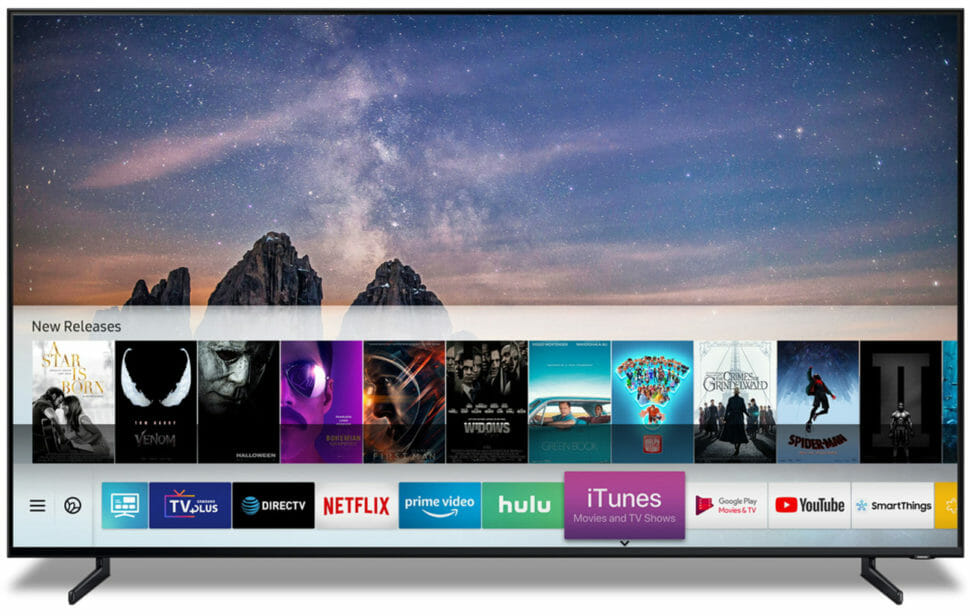Over several decades, Apple has been clear about wanting its customers buy into the company ecosystem lock, stock, and barrel, keeping its operating systems, online services, and assorted features exclusive to its own devices. Unlike Microsoft, which has had only a passing interest in hardware over the years but gifts its software to any PC with a pulse, Cupertino keeps a tight grip on all Apple properties.
But maybe Apple, like the rest of California in the middle of the current weed boom, has mellowed out, because this year at CES the company has deigned to release certain services to other hardware providers—primarily, the announcement that it would partner not only with Vizio, LG, and Sony to integrate HomeKit and Airplay 2 into their televisions, but the news that that arch-rival Samsung would place iTunes on its own TV’s. This means that, for the first time, Apple will allow its customers more options to access their subscriptions services than its own Apple TV.
The generous explanation is that Apple is reading the writing on the wall. As good as its products are, even Apple customers don’t necessarily like being chained to its increasingly pricier products, especially as the tech ecosystem further expands and intertwines in such a way that no single company can satisfy consumer demand. A more realistic spin: the products made by these third parties have reached the intersection, or ceiling, of quality standards and prices that Apple expects for its fans, and will need bigger leaps in innovation to justify higher prices.

Lastly, the cynical take: plateauing hardware sales means Apple has to push its most salable offerings—and, more importantly, profitable services like iCloud and subscriptions—however it can to make up the difference.
Whatever the reason, the takeaway is that Samsung TV owners will now be able to stream movies and television shows via native apps, without having to buy an expensive Apple TV box and cycling through yet another HDMI input when managing daily media intake. The AirPlay 2 integration means Mac and Apple mobile device users can stream their audio and video content to the relevant app-equipped devices, while the HomeKit play means that anyone with a Vizio television equipped with SmartCast 3.0 will be able to stream 4K and HDR videos, mirror websites, and play music from Apple devices. They can also control SmartCast TV’s and other devices operable through Apple’s Home app, activating lighting and other smart-home functions through Siri or the mobile app.
There are, of course, other features and capabilities that power-users will be able to explore depending on their specific set-ups, but the bottom line for everyone is simple: there are now more ways to integrate Apple offerings into your life even if you don’t feel like pushing all your money to the giant circle in Cupertino. And if you already own an iPhone, iPad or Mac—no matter the year—that can only be a good thing.

